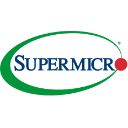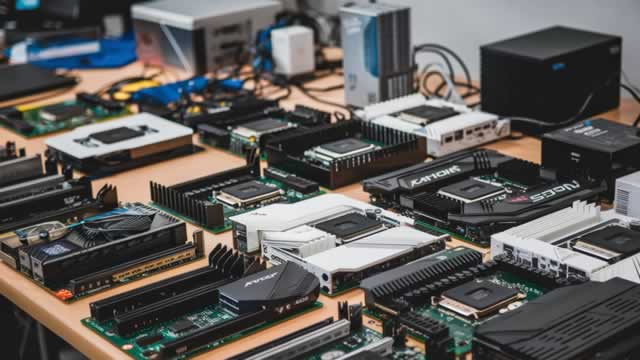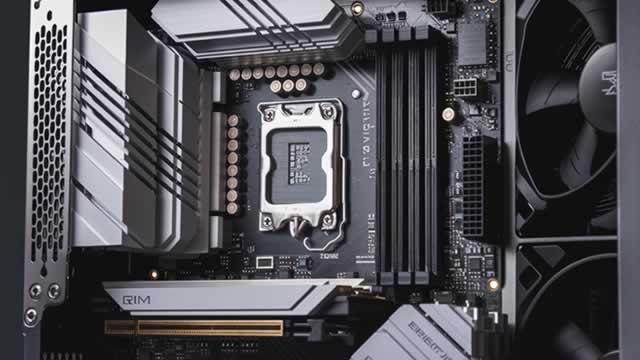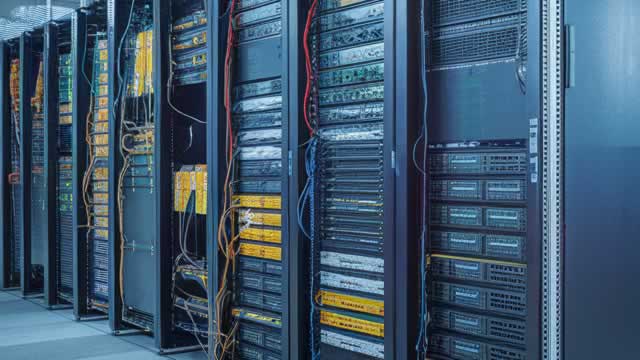
SMCI
Super Micro Computer, Inc.
$32.33
-1.69
(-4.97%)
| Exchange: | |
| Market Cap: | 19.242B |
| Shares Outstanding: | 213.24M |
About The Company
| Sector: | Technology | |||||
| Industry: | Computer Hardware | |||||
| CEO: | Charles Liang | |||||
| Full Time Employees: | 5684 | |||||
| Address: |
|
|||||
| Website: | https://www.supermicro.com |
Super Micro Computer, Inc., together with its subsidiaries, develops and manufactures high performance server and storage solutions based on modular and open architecture in the United States, Europe, Asia, and internationally. Its solutions range from complete server, storage systems, modular blade servers, blades, workstations, full racks, networking devices, server sub-systems, server management software, and security software. The company provides application-optimized server solutions, rackmount and blade servers, storage, and subsystems and accessories; and server software management solutions, such as Server Management Suite, including Supermicro Server Manager, Supermicro Power Management software, Supermicro Update Manager, SuperCloud Composer, and SuperDoctor 5. In addition, it offers server subsystems and accessories comprising server boards, chassis, power supplies, and other accessories. Further, the company provides server and storage system integration, configuration, and software upgrade and update services; and technical documentation services, as well as identifies service requirements, creates and executes project plans, and conducts verification testing and technical documentation, and training services. Additionally, it offers help desk and on-site product support services for its server and storage systems; and customer support services, including ongoing maintenance and technical support for its products. The company provides its products to enterprise data centers, cloud computing, artificial intelligence, and 5G and edge computing markets. It sells its products through direct and indirect sales force, distributors, value-added resellers, system integrators, and original equipment manufacturers. The company was incorporated in 1993 and is headquartered in San Jose, California.
Click to read more…
Revenue Segmentation
EPS
Earnings Call
Income Statement
(* All numbers are in thousands)
Balance Sheet
(* All numbers are in thousands)
Cash Flow Statement
(* All numbers are in thousands)
Analyst Estimates
(* All numbers are in thousands)







